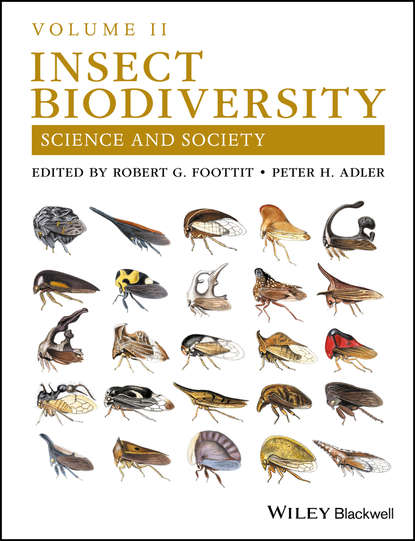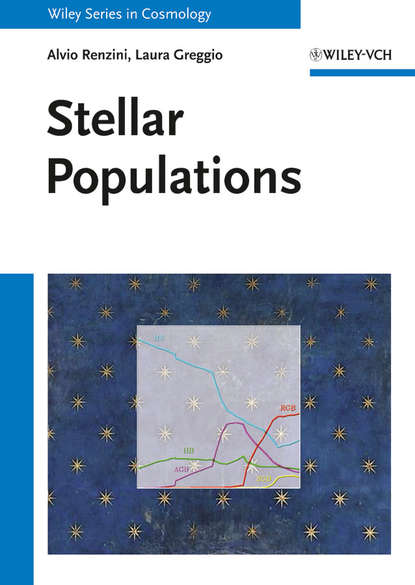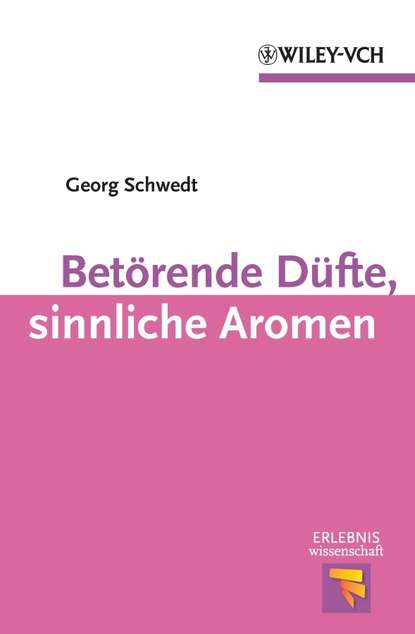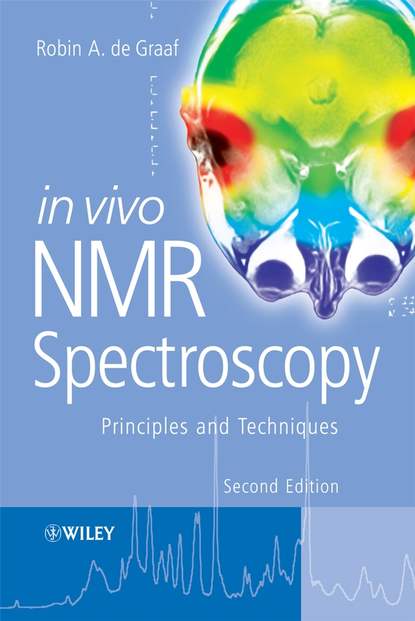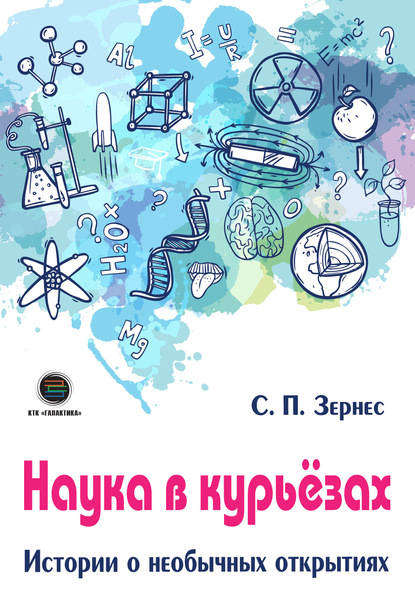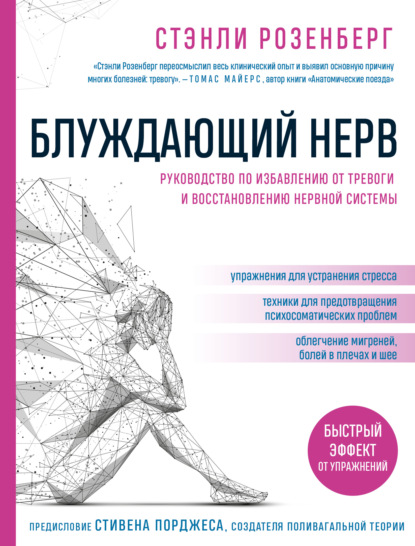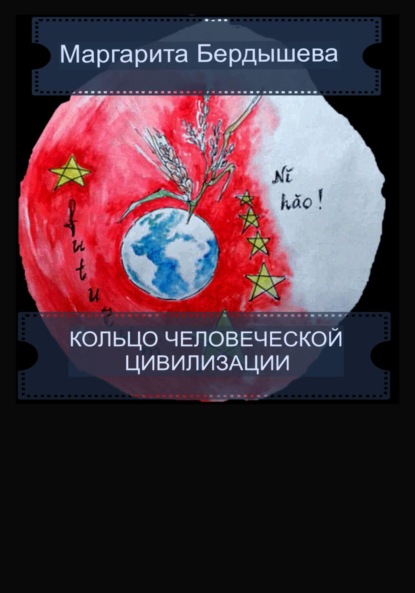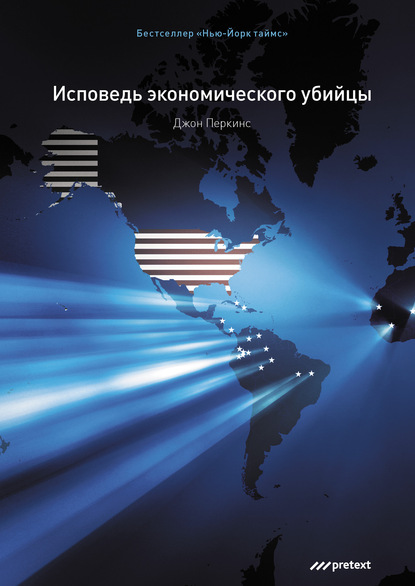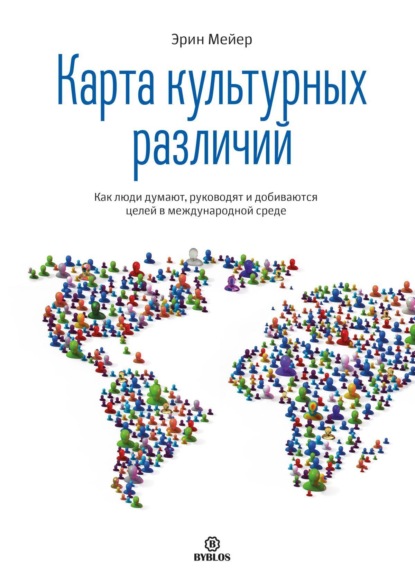Книга “Insect Biodiversity” автора Питера Адлера Х. является вторым томом нового руководства по изучению биоразнообразия насекомых. Она представляет собой совершенно новый, дополнительный том к всеобъемлющему ресурсу, посвященному самым актуальным исследованиям влияния насекомых на человечество и нашу окружающую среду, находящуюся под угрозой исчезновения.
В книге представлены соответствующие темы, включая биоразнообразие в различных средах обитания и регионах, таксономические группы и перспективы. Второй том предлагает информацию о разнообразии насекомых в региональных условиях, таких как Арктика и Азия, а также в конкретных средах обитания, таких как сельскохозяйственные угодья, пещеры и острова. Авторы также включают информацию о исторических, культурных, технических и климатических аспектах биоразнообразия насекомых.
Книга исследует широкий спектр видов насекомых и их эволюционные связи. В тематических исследованиях предлагается оценка того, как биоразнообразие насекомых может помочь удовлетворить потребности быстро растущего населения людей, и рассматриваются последствия увеличения потери видов насекомых для мира.
Эта важная книга предлагает наиболее полное представление о том, как насекомые играют важную роль в экосистеме, и как они могут быть использованы для решения текущих проблем, связанных с изменением климата, продовольственной безопасностью и здравоохранением.
Электронная Книга «Insect Biodiversity» написана автором Peter Adler H. в году.
Минимальный возраст читателя: 0
Язык: Английский
ISBN: 9781118945605
Описание книги от Peter Adler H.
Volume Two of the new guide to the study of biodiversity in insects Volume Two of Insect Biodiversity: Science and Society presents an entirely new, companion volume of a comprehensive resource for the most current research on the influence insects have on humankind and on our endangered environment. With contributions from leading researchers and scholars on the topic, the text explores relevant topics including biodiversity in different habitats and regions, taxonomic groups, and perspectives. Volume Two offers coverage of insect biodiversity in regional settings, such as the Arctic and Asia, and in particular habitats including crops, caves, and islands. The authors also include information on historical, cultural, technical, and climatic perspectives of insect biodiversity. This book explores the wide variety of insect species and their evolutionary relationships. Case studies offer assessments on how insect biodiversity can help meet the needs of a rapidly expanding human population, and examine the consequences that an increased loss of insect species will have on the world. This important text: Offers the most up-to-date information on the important topic of insect biodiversity Explores vital topics such as the impact on insect biodiversity through habitat loss and degradation and climate change With its companion Volume I, presents current information on the biodiversity of all insect orders Contains reviews of insect biodiversity in culture and art, in the fossil record, and in agricultural systems Includes scientific approaches and methods for the study of insect biodiversity The book offers scientists, academics, professionals, and students a guide for a better understanding of the biology and ecology of insects, highlighting the need to sustainably manage ecosystems in an ever-changing global environment.
